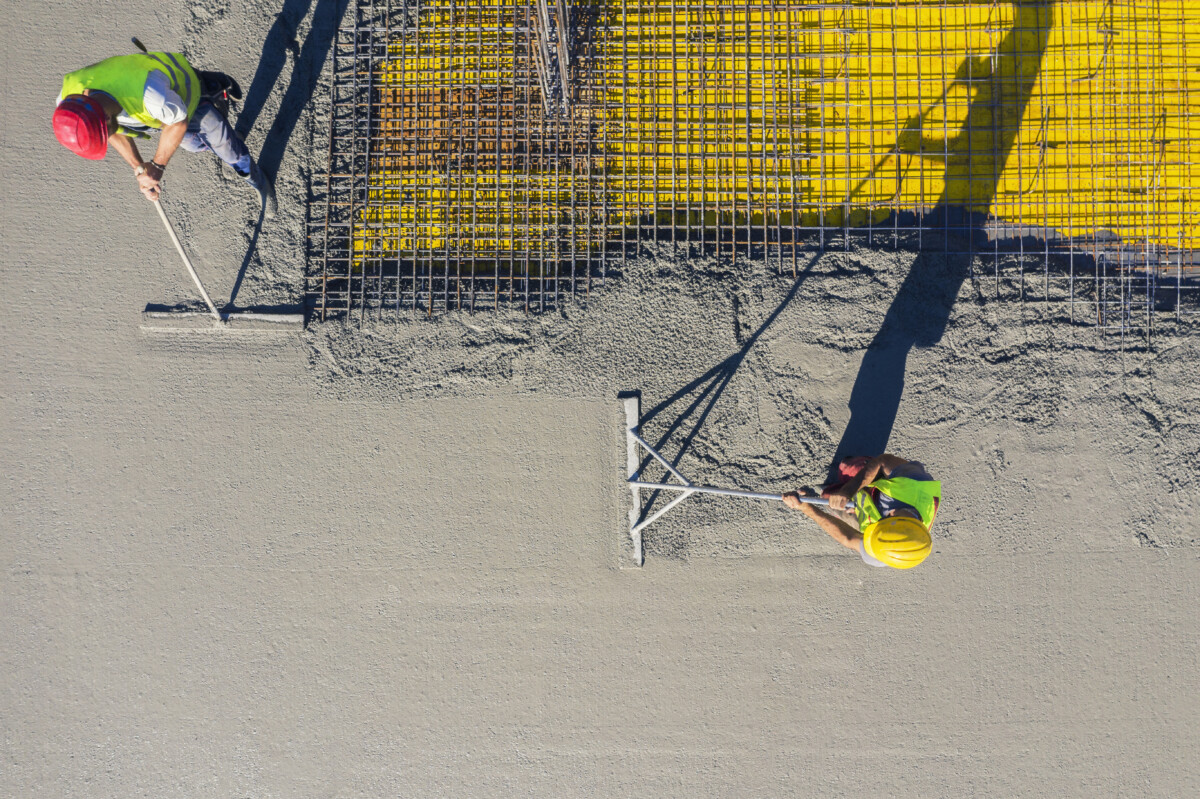UNDERSTAND CONFUSING JARGON
29 Oct 2020, Learn, Prove Your Know How, Technical

Every industry has its own technical terms and jargon, and the concrete industry is no exception. To test your knowledge, we have pulled together some of the most common terms
The answers are presented in lay terms; for a technically precise definition refer to ACI 116 — Cement and Concrete Terminology.
Admixture vs Additive
An admixture is a material other than water, aggregate, cement or fibres, which is added to a batch of concrete. Typical examples are air entraining, water reducing, accelerating or retarding admixtures. Additive is normally reserved for materials used by cement manufacturers to modify the properties of cement. Examples include limestone or gypsum.
Entrained air vs Entrapped air
Entrained air is made up of microscopic air bubbles that are intentionally incorporated into the concrete, normally to improve its freeze/thaw resistance. Entrapped air is made up of bubbles, of 1 mm diameter or larger, which are accidentally incorporated into the concrete during the production process, and should be removed via compaction.
The presence of air reduces the strength of concrete. However, because entrained air is deliberately incorporated into the mix, the mix designer will have compensated for its presence. This is not the case with entrapped air.
Consolidation vs Vibration
Consolidation (or compaction) is the process of inducing a closer spacing arrangement of the solid particles when placing concrete. It can be achieved by various methods including vibration, rodding, tamping, or centrifugation. Therefore, vibration is one method of consolidating concrete.
Floating vs Trowelling
The purpose of floating a concrete surface is to create a relatively even but open texture.
Floating:
- Embeds large aggregates beneath the surface.
- Removes slight imperfections to produce a surface closer to the true plane.
- Compacts the surface.
- Closes minor surface cracks which may appear as the surface dries.
A bull float is a large float on a long handle which is used prior to the appearance of the bleed water. Hand floats are typically made of wood or magnesium and do not have sharp edges, which would close the surface of the concrete. Power floating occurs after the bleed water has evaporated from the surface, and is done using blades with turned-up edges to prevent them closing the concrete surface.
Trowelling occurs sometime after floating and creates a hard, dense, closed finish to the concrete surface. Steel blades are used for hand trowelling. The blades on a power trowelling machine are thinner than a float blade and have sharp edges to close the concrete surface.
Placing vs Pouring
Placing involves the deposition, distribution and consolidation of concrete in the place where it is to harden. This process is often inappropriately referred to as pouring. However, pouring only refers to the deposition phase. Always refer to placing rather than pouring concrete.
Prestress vs Post-tensioned vs. Pre-tension Concrete
Prestressed concrete is hardened concrete that is in a state of compression prior to the application of the service loads. Subsets of this generic term are post-tensioned and pre-tensioned concrete, which indicate how the compressive force is applied to the concrete.
With pre-tensioning, the tendons are tensioned before the concrete is placed and hardened. An example of this would be most of the preparatory flooring systems such as Hollowcore slabs. In post-tensioning, ducts are typically provided in the concrete and the tendons are tensioned after the concrete has hardened. Examples would be posttensioned slabs-on-grade.
Concrete vs Cement
It may appear obvious, but there are enough American movies talking about cement paths to indicate that some confusion does exist. Cement is the fine, normally grey powder that, when mixed with water, reacts and in time goes hard. Concrete is a mixture of cement, aggregates, water and admixtures, and typically comes out the back of a ready mixed concrete truck.
Reinforcing Grade vs Class
Grade refers to the strength of the reinforcing bar, typically 300 or 500MPa. Class refers to the ductility (“stretchability”) of the bar. The most ductile and commonly used bar in New Zealand is Class E (Earthquake).
Concrete NZ is aligned with the New Zealand Concrete Contractors Association (NZCCA). To be a member of the NZCCA requires a high standard of knowledge and practical experience. To find out more visit www.nzconcretecontractors.org.nz
Register to earn LBP Points Sign in
2 Comments
Leave a Reply
You must be logged in to post a comment.




Concrete adertives
done